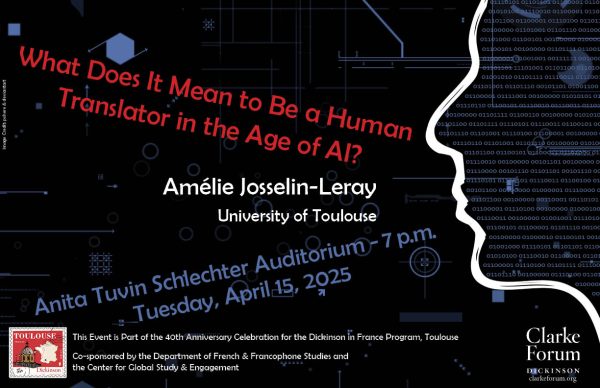How’s the Future Gonna See Us?
Civil War and the Syrian migration crisis. The Great Bengal famine. The collapse of Easter Island. All (initially) passed as tragedies with environmental caused. All – in fact – case studies of relative deprivation.
Throughout human history, our changing environment has been used as an excuse for mismanagement, misdistribution, or straight inaction. However, as climatologists, sociologists, and historians come together, narratives of these events have started to change. More and more, we are uncovering the social and political systems – the structural boundaries – that underlie “environmental injuries” in the face of climate change.
This is not to undermine early environmentalist movements. The first wave of environmentalism had things easier. Air and water pollution, forest clearances, even extinctions were all “visible”, straightforward, cause-and-effect events. Unfortunately, it is not as easy to see our current problems. Stories of global warming and climate change now stretch longer distances. We can see the factories and their smokestacks, but our field of view ends where the smoke disappears. We can see the “Made in …” labels on our shirts, but we don’t actually see the miles it travelled or the resources it wasted. We throw leftover food in our trash – “it will just compost in the landfill” – not realizing that in landfills, food cannot compost. Without oxygen, food buried in landfills gets broken up into methane, a greenhouse gas 21 times more potent that carbon dioxide – and in the US, up to 40% of food made for consumption goes into landfill.
How are future generations going to see us? Do we want to be just another case study of mismanagement, misdistribution, or inaction? Climate change is not an entirely physical phenomena. Like in history, in the face of our climate changing, our human-nature and human-human responses change the experience. In this way, The Problem does not only exist in the predicted two degree celsius global temperature rise, and The Solution will not be in even the biggest of solar farms on earth.
However, the solution to this global issue it not one-size-fits-all. We need to make things small and personal. Even the most successful case studies scale from the macro to the micro, and as such, solutions are going to be place-based. We need to focus on our behaviors and how we place ourselves within our communities. Lets pull away from technological optimism, and start small – with ourselves.
My approach is based on food. Four years ago, I went vegetarian, and two years later, adopted a fully plant-based diet. As a college student who lives on campus with a meal plan, this proved to be one of the most feasible options, but personally, I have always been passionate about food and health.
It started out of frustration. I was in high school and my friend group was from all over the world – India, America, Canada, Colombia, and where I’m from, Indonesia. At each household, the “staples”, the “goods”, and the “bads” were different. I thought, “then what’s actually right for my body?” After lots of research, I found something that felt right to me.
Cholesterol, present only in meats and animal foods, is greatly linked to heart disease, America’s leading cause of death. Hormones and antibiotics are also highly present. Research shows that 70 to 80 percent of antibiotics used in America are given to farm animals. Then I read further into the
environmental stresses caused by the meat industry. Just one pound of beef takes 1,847 gallons of water to produce, versus potatoes and tomatoes at 34 and 26 gallons/pound respectively. A study by the Smithsonian found that beef, “requires 28 more land, six times more fertilizer, and 11 times more water,” and “adds up to five times more greenhouse gas emissions,” than pork and chicken. However, for the same amount of calories of pork and chicken, potatoes, wheat, and rice can match with two to six times less resources. Giving up meat means health and clean air and more resources for more people – even more than giving up cars.
And often, I get asked how I manage eating plant-based as an athlete. Honestly, it’s not that hard. Bread and pasta are vegan. Most cereals (including Reese’s Puffs and Cinnamon Toast Crunch) are vegan. There are a ton of ways to finesse a not-so-boring salad in our dining hall. And protein? Drink soy milk. Add soy sauce, sriracha, vegan mayo, peanut butter, or some combo of them to your tofu. Invest in plant-based protein powders. I am just starting to try pea protein powder – I drink it with a plant-based milk and some honey after practice, or add it into oatmeal or baked goods.
Brett Jenks, President and CEO of RARE, says that the solution to our “climate threats” is ultimately going to be in our everyday actions. Jenks claims that if just ten percent of the American population went vegan, we would be back on track with our 2015 Paris Agreement emission goals. Even the smallest behavioral changes matter. There is no single solution, but what you do and the choices you make everyday are opportunities for action.
My small investment to global change is in my diet. Maybe yours is in your next meal, in a compost bin you put in your kitchen, or maybe in a thrift shop visit to find your next new outfit.



